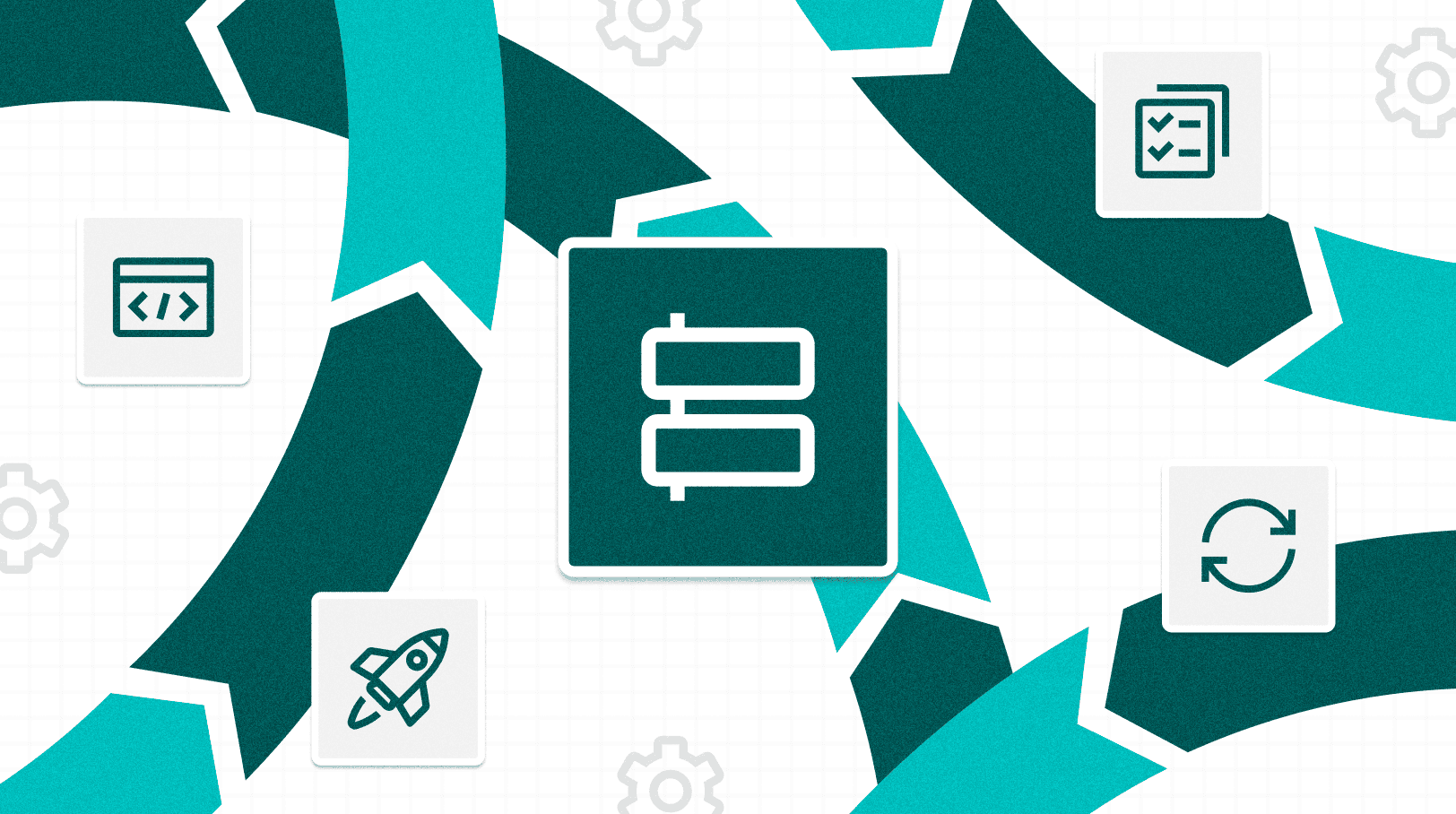What are microservices?
Microservices are a cloud-native approach to software development. Unlike a monolithic architecture that operates as a single service, microservices are broken up into small, loosely coupled components that can be developed, scaled, and deployed independently.
Microservices are a preferable software development strategy because they allow developers to:
- Make changes faster without redeploying the entire application
- Add new features with no downtime
- Test individual components and squash bugs without going offline
For a more detailed explanation, let’s dive into the exact meaning behind enterprise microservices.
Enterprise
While microservices keep components small and manageable, the enterprise system that contains all the microservices doesn’t have the same safety net of embedded simplicity.
Like an urban sprawl or ant colonies, all the microservices within an organization form its system of systems. Each software module or company department produces its cluster of microservices tied together by application dependencies, integrations, and API management systems. Following Conway’s law, the architectural structure of the system usually starts representing the structure of the organization.
Some of these system clusters or APIs are only navigable by their creators. Some are more developer-friendly, providing system blueprints in the form of API documentation, API definitions, and software development kits (SDKs).
Micro
The prefix micro implies an architectural best practice for the design phase: Keep it (your API) simple, stupid. While microservices apply to architecture, they are also becoming interchangeable with services, APIs, etc., in everyday speech.
The word micro acts as an important reminder to combat people’s tendency to over-complicate systems. If you ever had to untangle any platform, system, or application that had more than a few years of development, you’ll find strange architectures, add-on modules, and patches that hold everything together.
In most customer-facing applications, this is a necessary evil as the application evolves and attempts to solve all users’ needs. APIs are also prone to becoming over-architected. However, that conglomerate API would not be easy to understand, navigate, version, document, and implement. It is instead a best practice to break up one big functionality into many small APIs, giving us the micro in microservices.
Each microservice becomes a function or API governing a consumable module. Complex integration scenarios are still easy to implement by integrating against numerous microservices/APIs.
For example, the Google Maps app will help you find addresses, directions, street views, and more, but when it comes to a Google Maps API, all the functionalities are broken down into individual APIs.
Services
Services, APIs, web services, and microservices more or less mean the same thing.
A service is a function that allows you to programmatically control a system or retrieve information. For example, a hypothetical “addRecord” API can be used by a program to add a record to a central database. This API is crucial to integrate disparate systems while keeping the records centralized. This example is only one of the many use cases where APIs can solve a major business requirement.
In most instances, references to services refer to a web API sent over HTTP(S) protocol. HTTP(S) is the most popular choice for API protocol as it doesn’t require your IT admins to open other ports. Additionally, whenever you hear of REST, SOAP, Swagger, and even JSON/YAML/XML (technically data formats, not APIs), those are all calls sent over HTTP(S).
How does low code fit in?
The world of enterprise microservices can create an ever-growing messy web because all the interdependencies start taking on a life of their own. These interdependencies make it difficult for companies to experiment and innovate with new applications or even launch a new feature or product update.
This can be remedied by using low code to add a layer of abstraction to the enterprise microservices web. Low code is a software development framework that helps you quickly and collaboratively develop digital solutions at every step of the application development lifecycle. Essentially, low code hides the messy inner workings to provide end-users with a clean interface.
Through enterprise microservices, low code can easily give your new apps insight derived from external existing data and logic. Low-code applications can then:
- Digitize data aggregation
- Enforce data validity
- Respect business logic and ecosystems that are already in place
The new solution can be presented to a user in a mobile app, web form, voice assistant, or any other medium. It will alleviate the technical requirements that gate-keep business users from ERP, CRM, and other enterprise systems.
What is a low-code microservices platform?
With a low-code microservices platform, you can develop digital solutions rapidly and effectively.
Low code leverages reusable components called building blocks to iterate and customize cross-platform apps. Reusable components are a key aspect that makes low-code projects beneficial to build with a microservices-based framework.
Low code and enterprise microservices are often developed in small Agile DevOps teams. Mendix utilizes microservices with Agile DevOps collaborative workflows in mind, which you can learn about in our Enterprise Architecture Principles guide.

How Do You Execute a Digital Transformation Strategy?
We wrote the book on it. Download the Digital Execution Manual to learn how to align your organization, vision, and strategy.
Download manual





